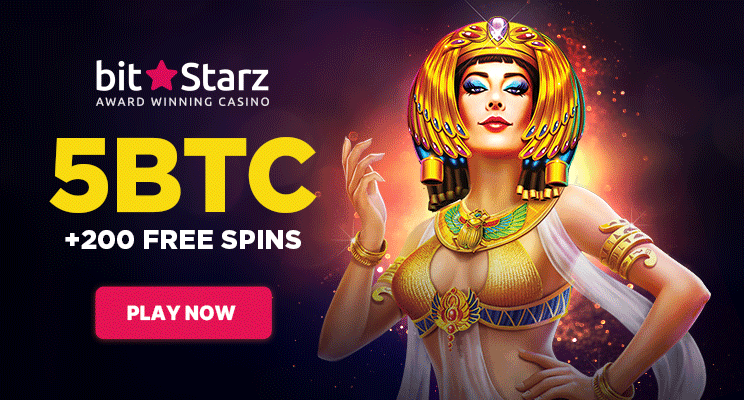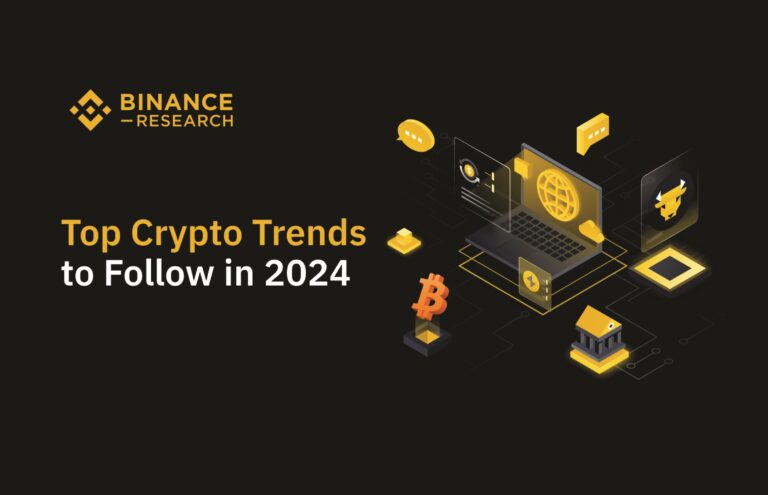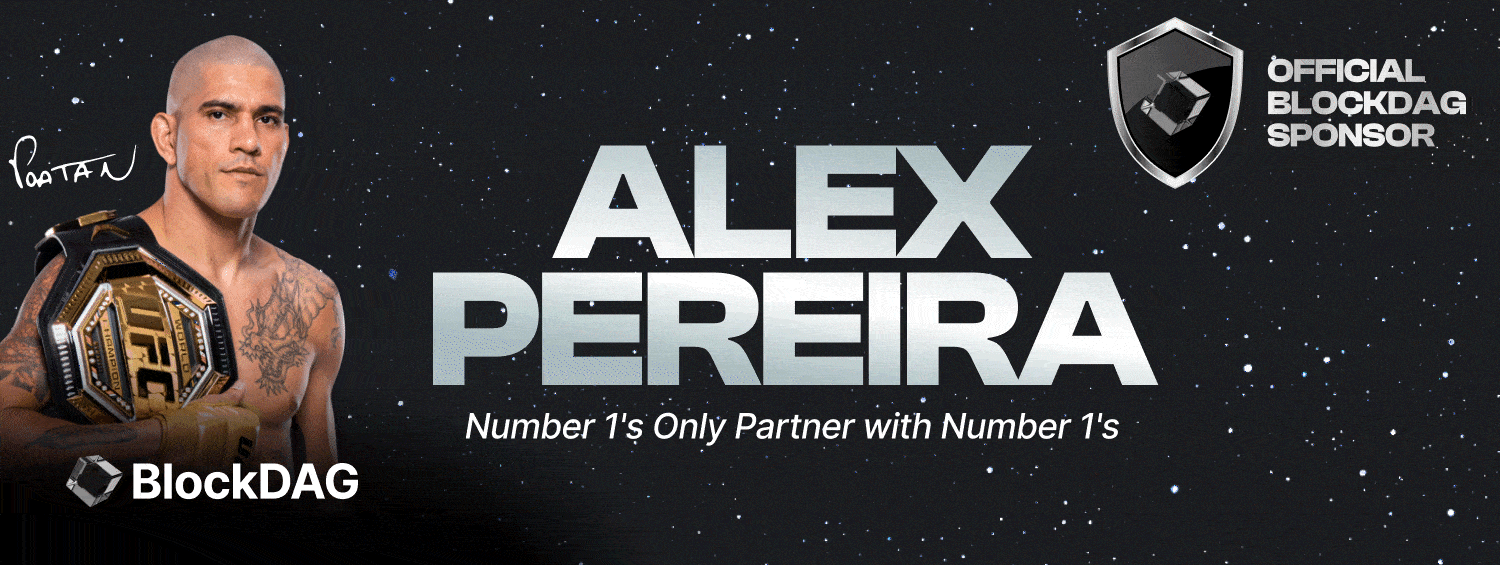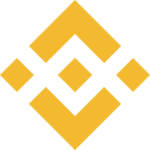Main Takeaways
- In this blog series, we offer concise summaries of the Binance Research team’s findings, inviting you to take a deeper dive into the original reports.
- This article previews the recent Binance Research report discussing the top crypto narratives to follow as we move into the new year.
- While it is too early to say whether we are in a bull market, recent developments in areas such as Bitcoin, DeFi, stablecoins, and NFTs paint a positive outlook for the ecosystem in 2024.
The year 2023 has seen a resurgence of excitement in the crypto industry. While it is too early to definitively declare the return of a bull market, things are looking more hopeful than they have for a while. Based on the observation of recent events and trends, the Binance Research team compiled a roundup of several key narratives and metrics to follow in the coming months. Below are the top crypto trends to follow as we navigate into the new year.
Bitcoin
2023 has been an eventful year for Bitcoin, with major developments across the entire spectrum of the investment landscape. On the crypto-native side, we saw the emergence of the Ordinals protocol, which enabled new innovations such as inscriptions – often called “Bitcoin NFTs” – to gain prominence. On the traditional finance side, the optimism surrounding seemingly imminent spot bitcoin ETF approvals in the U.S. has led to more traditional institutional investors setting their sights on the cryptocurrency ecosystem.
Bitcoin’s year-to-date (YTD) performance
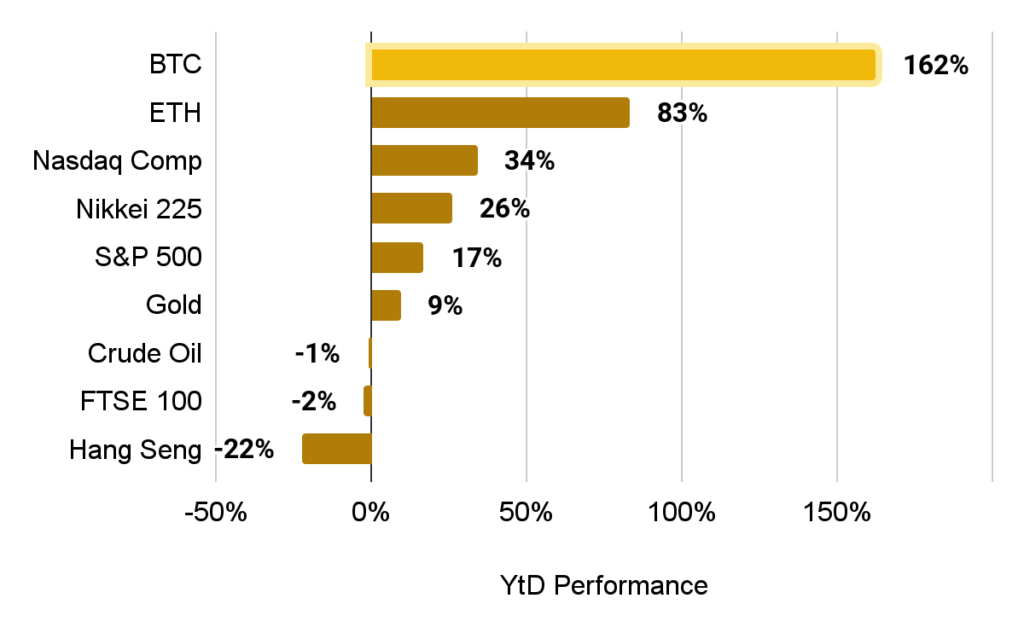
Source: CoinMarketCap, Yahoo Finance, Binance Research (December 5, 2023)
In light of these developments, BTC has outperformed many other key assets and indices, both traditional and crypto. As of December 5, 2023, the market capitalization of BTC had risen 162% year-to-year. Some of the most significant BTC developments to follow in 2024 include the following.
U.S. spot BTC ETF approvals
Although the potential for regulated spot bitcoin exchange-traded funds (ETFs) in the U.S. has long existed, 2023 saw notable positive developments on this front. In August, U.S. courts ruled in favor of Grayscale regarding its dispute with the U.S. Securities and Exchange Commission (SEC) over the conversion of its Grayscale Bitcoin Trust (GBTC) into a spot BTC ETF.
This favorable ruling prompted numerous other players, including BlackRock, the world’s largest asset manager, as well as Fidelity and Invesco, to file their own spot BTC ETF applications in subsequent months. Currently, there are a total of 13 spot BTC ETF applications under review by the SEC. Of these, the earliest final deadline is set for January 2024, while the latest comes in August.
Final deadlines for SEC rulings on spot BTC ETFs
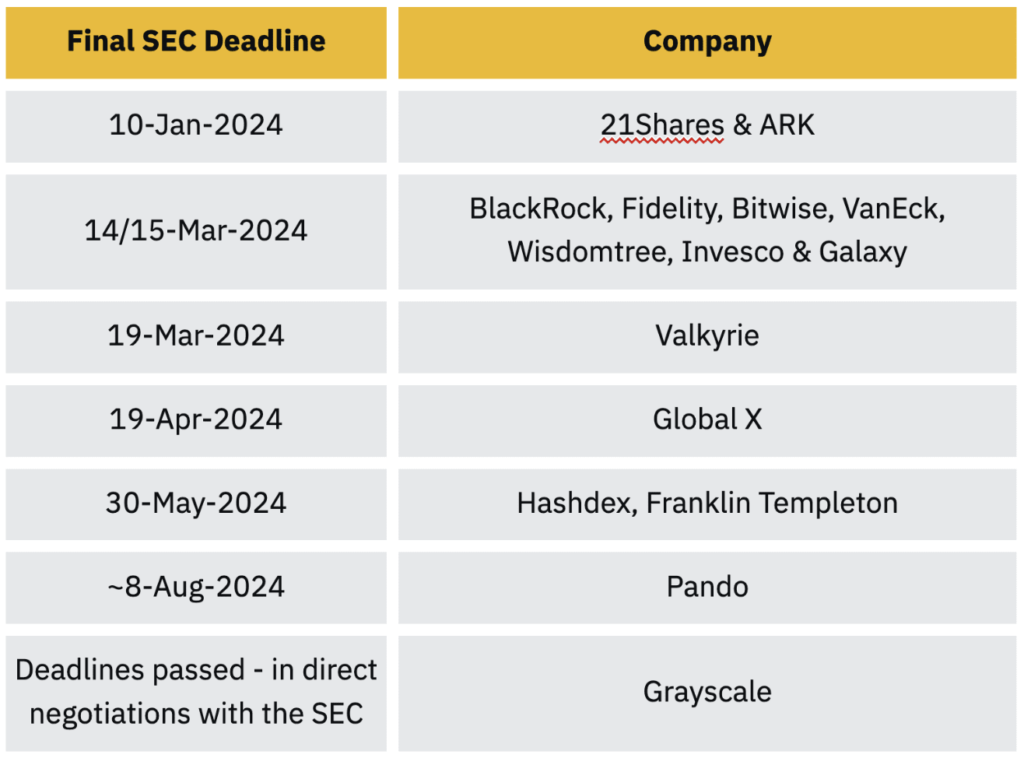
Source: Bloomberg, Binance Research
Bitcoin halving
Bitcoin miners are incentivized to validate transactions and secure the blockchain through two mechanisms: block rewards and transaction fees, with the former traditionally accounting for the majority of miners’ income. Block rewards are paid out for each newly mined block, which happens every 10 minutes on average, and halved every 210,000 blocks, which happens roughly every four years.
Given BTC’s fixed maximum supply of 21,000,000 units, the halving introduces further scarcity designed to increase its price over time, thereby reinforcing the narrative of BTC as “digital gold” or a safe-haven asset. When the Bitcoin blockchain first launched in 2009, block rewards started at 50 BTC per block. After subsequent halvings in 2012, 2016, and 2020, the current reward is 6.25 BTC per block. The next halving is expected to occur in April 2024, after which the block reward will be 3.125 BTC per block.
Block rewards after each Bitcoin halving
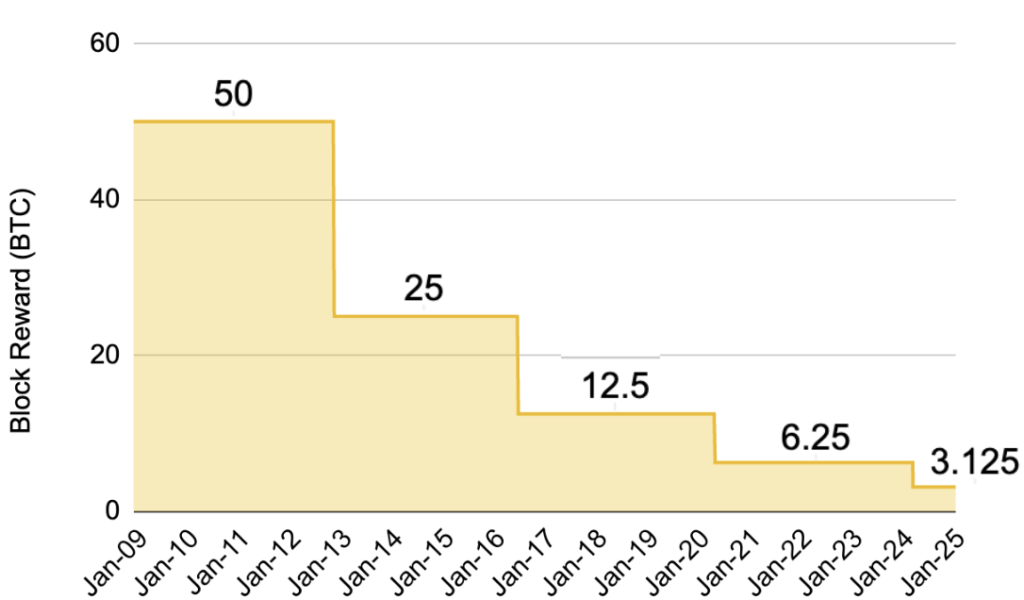
Source: Binance Research
Ordinals and inscriptions
One of the most significant Bitcoin developments in 2023 has been the advent of ordinals and inscriptions. The Ordinals protocol went live at the start of the year and involves the tracking of individual satoshis (sats) based on what the founder, Casey Rodarmor, calls “Ordinal theory.”
Sats are the smallest unit of bitcoin, and each BTC contains 100,000,000 of them. The Ordinals protocol enabled each sat to be ascribed with a unique identifier. These sats could then be “inscribed” with arbitrary content, such as text, images, videos, etc., creating “inscriptions” that are often referred to as “Bitcoin NFTs.”
Total BTC inscriptions
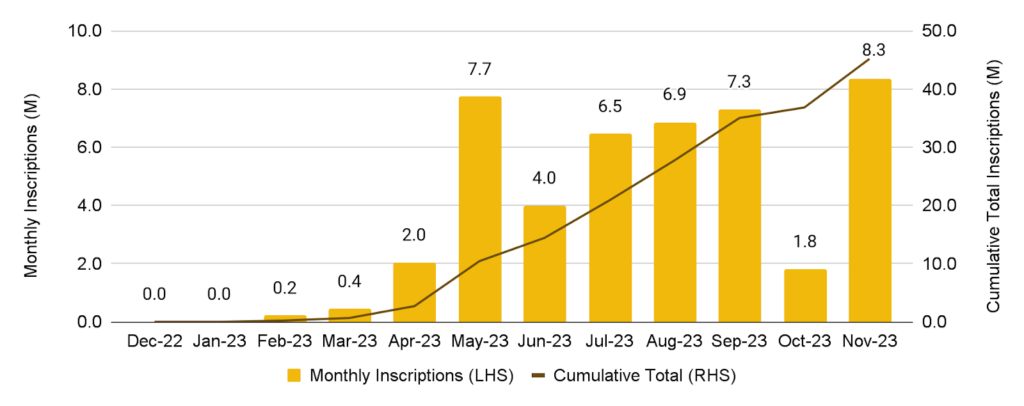
Source: Dune Analytics (@dgtl_assets), Binance Research (November 30, 2023)
Ordinals and inscriptions also led to the emergence of BRC-20 tokens in March 2023, enabling the deployment, minting, and transferring of fungible tokens on Bitcoin for the first time ever. While inscriptions are the non-fungible application of the Ordinals protocol, BRC-20 tokens are their fungible counterpart.
After the initial frenzies following the launch of ordinals and BRC-20 tokens, the market cooled off somewhat before ramping up again. November saw a significant resurgence in activity, being the highest month ever at over 8,300,000 total inscriptions, up 362% from the lows of October.
The advent of ordinals has introduced new excitement and innovation into the Bitcoin ecosystem. It is yet another development that shows that we are in an important period of Bitcoin’s history as we move into 2024.
Stablecoin Supply
Stablecoin supply is a measure of the amount of capital that is readily available for investing in crypto assets at any given point in time, thereby indicating potential buying pressure. For the first time since Q1 2022, the quarterly net change in the supply of the top five stablecoins by market capitalization has turned positive in Q4 2023. It will be worth keeping an eye on this metric in the coming months to see whether this change was temporary or representative of a more sustained uptrend.
Quarterly net supply changes of the top five stablecoins
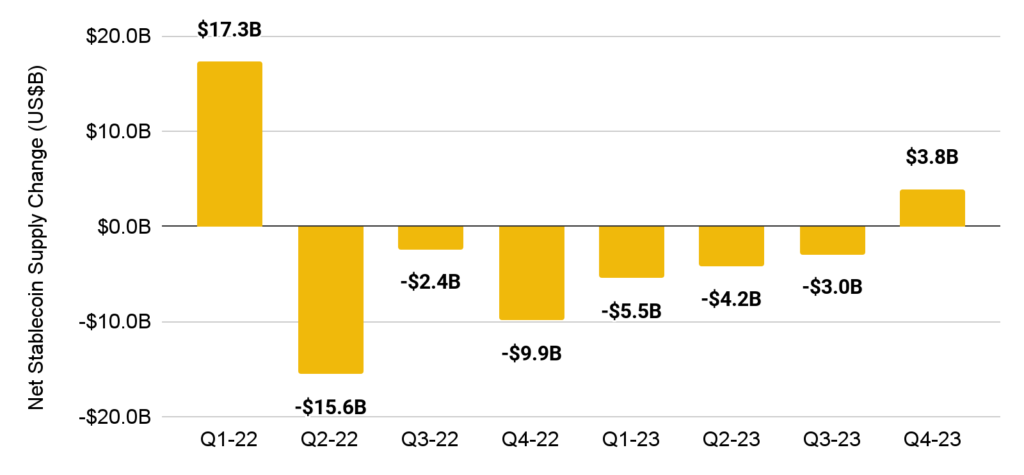
Source: DeFiLlama, Binance Research (November 30, 2023)
NFT Volumes
Throughout 2023, non-fungible token (NFT) trading volumes saw a significant downturn, decreasing to new yearly lows each month from February to September. However, in October, this trend was finally reversed, and we saw a considerable uptick in trading volumes in November.
A key highlight here is the growth of Bitcoin NFTs, which were the most popular type of NFTs in November, with over $375,000,000 in trading volume. Besting even Ethereum, this is a remarkable achievement for Bitcoin, as it has long been considered unsuitable for NFTs and other applications beyond peer-to-peer (P2P) transactions.
NFT trading volumes in 2023
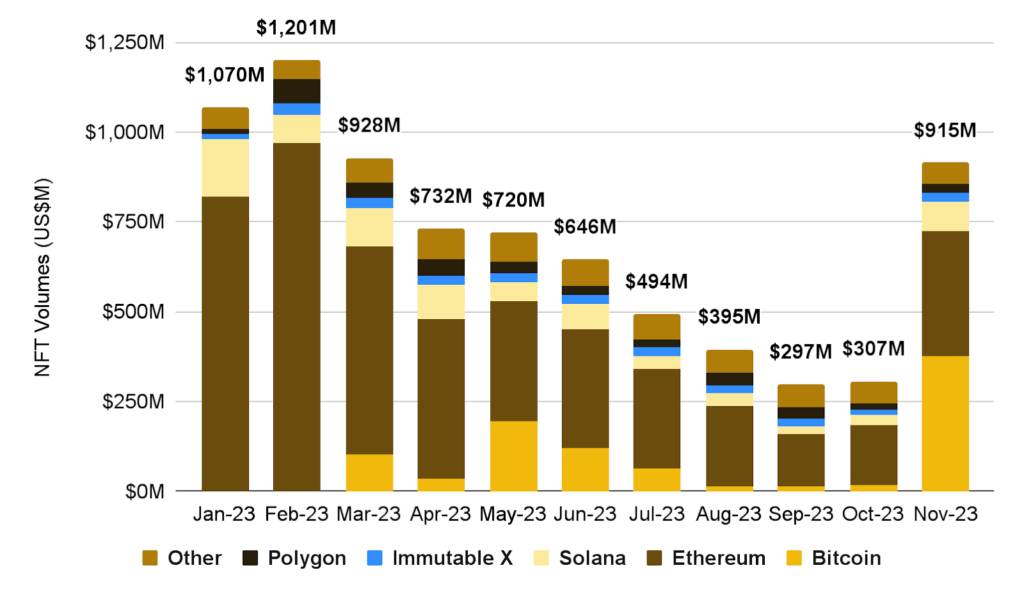
Source: CryptoSlam!, Binance Research (November 30, 2023)
Note: “Other” refers to the remaining 10 chains among the top 15 chains by all-time NFT volume
After months of depressed prices and pessimism, November’s surge in trading volumes can be taken as an indication of positive market sentiment and a revival of the NFT scene. It will be key to watch these NFT trends in 2024 to see whether the market sustains its revitalization.
Protocol Fees
As the industry matures and protocols move toward revenue generation, the fees generated by top crypto projects will be an important metric to follow. Fees have steadily risen throughout 2023. In November, fees for the top 20 crypto projects across all sectors were more than 88% higher than in January.
Fees for the top 20 crypto projects across all sectors
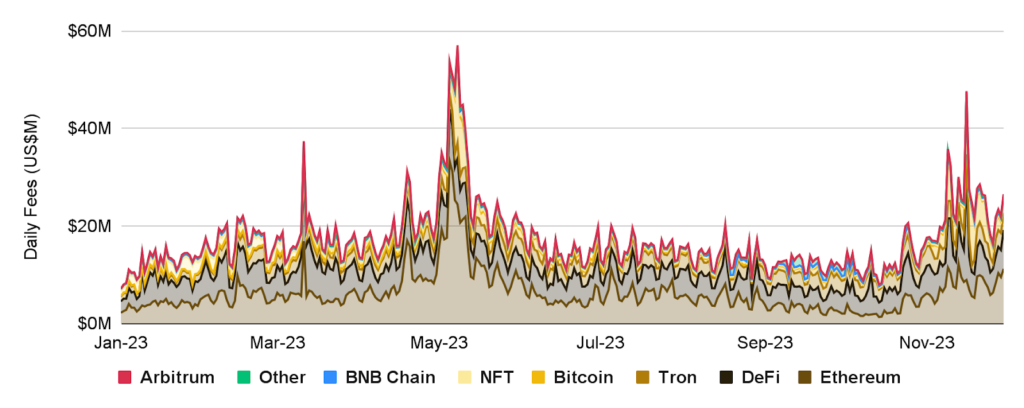
Source: Token Terminal, Binance Research (November 30, 2023)
Note: “DeFi” refers to Lido, Uniswap, Convex, GMX, PancakeSwap, MakerDAO, Aave, dYdX, Venus and Curve. “NFT” refers to OpenSea, Manifold.xyz, and Blur. “Other” refers to Flashbots and friend.tech.
Ethereum is by far the largest generator of fees, having accumulated more than double the fees of any other protocol. Decentralized finance (DeFi) protocols are collectively the second-largest fee generator after Ethereum, with Lido and Uniswap leading the market. While DeFi projects and layer 1s (L1s) have been dominant in fee generation this year, NFTs also make up a significant portion of fee revenues. Here, OpenSea is firmly in the lead, with nearly double the fees of Manifold and over double the fees of Blur.
Overall, fee generation is an indicator of a sustainable business model, so it was encouraging to see these figures grow throughout 2023. As we move into the new year, it will be important to keep a close eye on which protocols and subsectors are able to demonstrate the best fee growth.
Layer 1s
While Ethereum remains the dominant smart contract L1 by most metrics, other alternative L1 solutions have also shown promise throughout 2023, with some even outperforming Ethereum. Watching this trend into 2024 will be crucial to see whether Ethereum retains its dominance in the L1 landscape.
Change in market capitalization for major alternative L1s throughout 2023
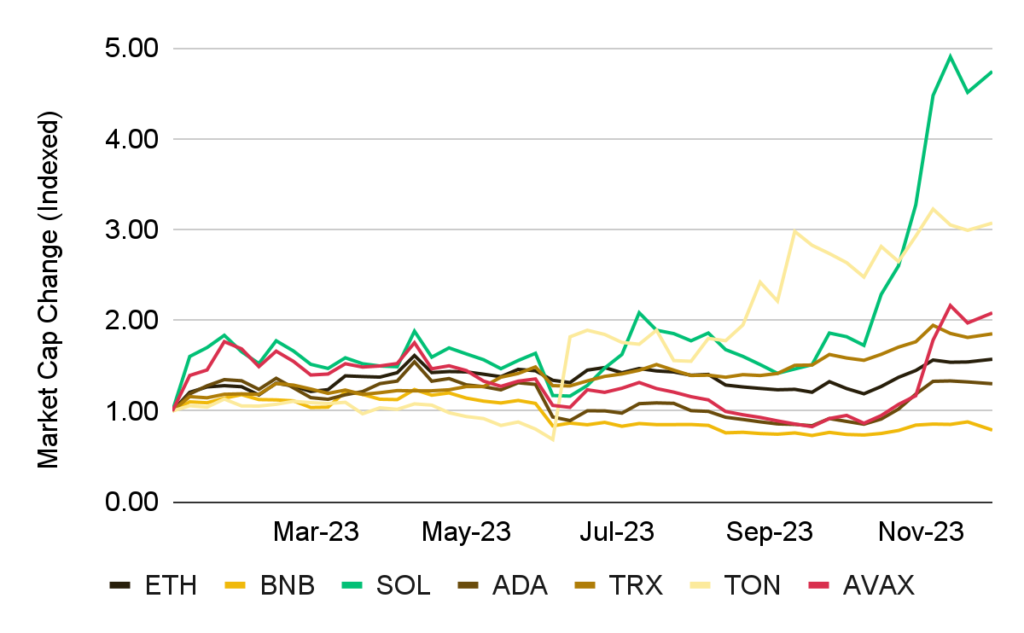
Source: CoinMarketCap, Binance Research (November 30, 2023)
Solana has been the most notable performer in 2023, particularly with the market capitalization of the SOL token increasing around 56% in November. Toncoin has also made considerable progress this year, with The Open Network’s partnership announcement with Telegram in September being a major highlight.
Numerous other developments have occurred in all major L1s. Following its Shanghai Upgrade in April, Ethereum enabled staked ETH withdrawals, birthing huge DeFi markets in liquid staking and LSDFi. With continued ecosystem growth, BNB Chain launched opBNB, an optimistic L2 based on the OP Stack, and BNB Greenfield, a next-generation data storage platform.
SocialFi
The social potential of blockchain applications has long been anticipated, leading to the emergence of SocialFi – short for “social finance,” denoting the convergence of DeFi and social media. 2023 saw a product-driven uptick in this subsector, with friend.tech in particular grabbing the attention of many.
friend.tech daily transactions and protocol fees

Source: Dune Analytics (@cryptokoryo), Binance Research (November 30, 2023)
By the end of November, friend.tech was able to generate over $25,000,000 in protocol fees since launch. After surging in August and September, its daily activity has since slowed down in the last couple of months. Nevertheless, the product is still in its beta mode, and a full launch is expected soon.
The attention that friend.tech garnered, particularly from influencers outside of the crypto space, indicated the potential of Web3 social apps. Other notable projects on this front include Farcaster, Lens Protocol, and Binance Square. In 2024, SocialFi’s ability to gain further traction will define the shape of social interactions on Web3 for years to come.
Closing Thoughts
The last few months of 2023 have brought a refreshing shift of sentiment in and around the crypto industry. Amid the growing buzz, the arrival of new market players, and the escalating frenzy, it’s vital to monitor the key indicators and stay ahead of significant narratives, with this article highlighting key talking points and critical metrics to follow as we move into 2024.
To read the full version of this Binance Research report, click here.

